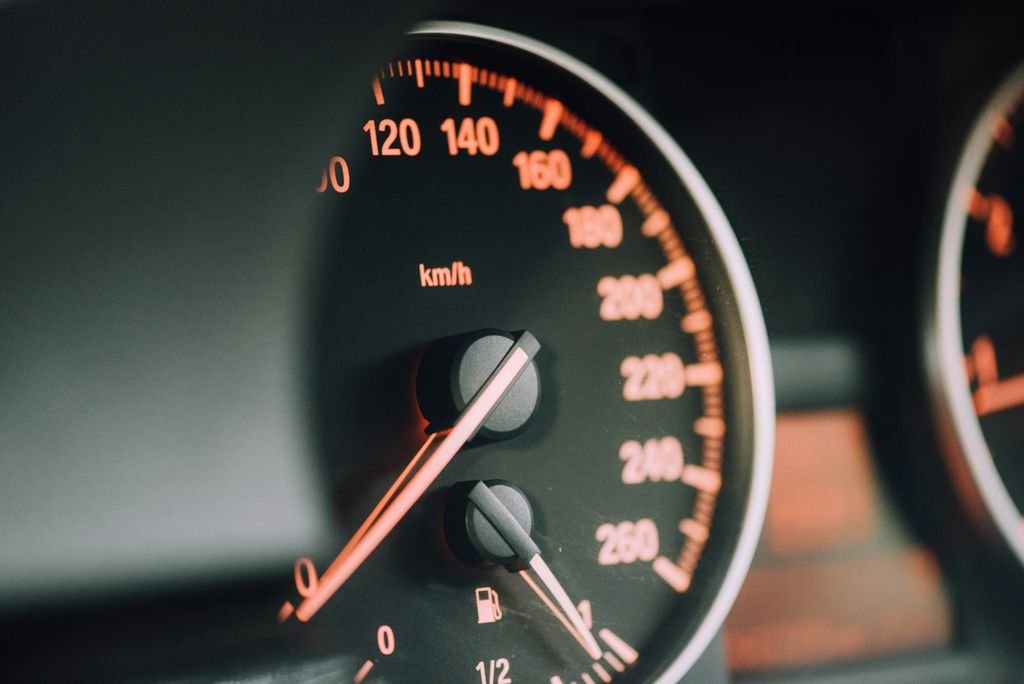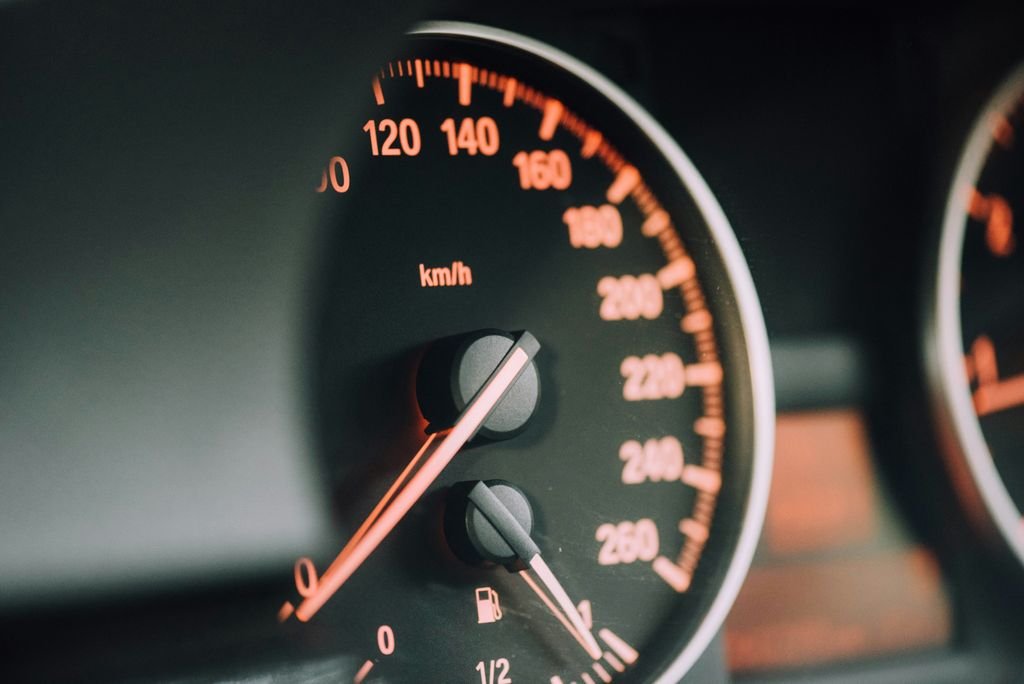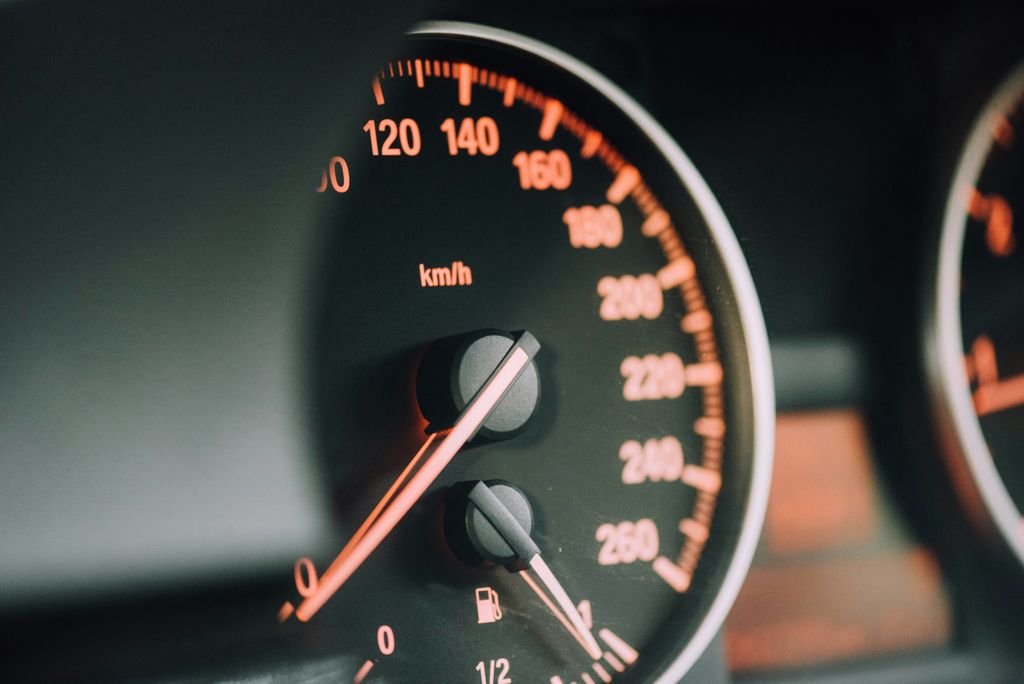In recent years, safety regulations have significantly influenced the design and manufacturing of automobiles. From historical perspectives to emerging technologies, the auto industry has undergone substantial changes to meet evolving safety standards. This article delves into the effects of safety regulations on car design, exploring the challenges, innovations, and future prospects in the realm of automotive safety.
Key Takeaways
- Safety regulations have driven significant changes in the auto industry, impacting car design and manufacturing processes.
- Balancing safety and aesthetics in car design presents challenges, but innovative solutions are emerging to address this balance.
- Integration of advanced driver assistance systems is revolutionizing car safety, paving the way for future autonomous safety features.
- Technological advancements in collision avoidance are shaping the future of automotive safety, with promising prospects for enhanced safety measures.
- The impact of safety regulations extends to both exterior and interior car design, influencing the overall aesthetics and functionality of vehicles.
Evolving Safety Standards in the Auto Industry
Historical Perspective on Safety Regulations
The journey of automotive safety regulations began as a response to the rising number of accidents and fatalities associated with the burgeoning use of automobiles. Early regulations focused primarily on basic features such as headlights and brakes, but over time, the scope of safety standards has expanded significantly.
- 1958: The United Nations established the World Forum for Harmonization of Vehicle Regulations, an international platform for discussing and agreeing on vehicle standards.
- 1960s: Seat belts became a mandatory feature in cars, following extensive research on their effectiveness in preventing injuries.
- 1970s: The introduction of crash test standards provided a measurable benchmark for vehicle safety.
The evolution of safety regulations has been instrumental in driving innovation in car design, compelling manufacturers to integrate safety into the very blueprint of automobiles.
As safety regulations evolved, they began to encompass a wider range of features, including airbags, crumple zones, and anti-lock braking systems (ABS). These advancements have had a profound impact on reducing vehicle-related injuries and deaths, setting the stage for the high-tech safety features we see in modern vehicles.
Current Safety Standards and Requirements
The landscape of automotive safety is continually reshaped by evolving standards and requirements. Regulatory bodies worldwide, such as the National Highway Traffic Safety Administration (NHTSA) in the U.S. and the European New Car Assessment Programme (Euro NCAP) in Europe, mandate a baseline for vehicle safety that manufacturers must adhere to.
Key requirements include:
- Crashworthiness standards to ensure structural integrity
- Mandatory airbag systems for front and side impact protection
- Anti-lock braking systems (ABS) to prevent skidding
- Electronic stability control (ESC) for improved handling
These regulations not only protect passengers during accidents but also actively contribute to the prevention of collisions. The emphasis on safety has led to the integration of features once considered premium into standard vehicle equipment.
As a result, car designs have evolved to incorporate these safety features seamlessly, often influencing the overall form and function of the vehicle. The challenge for designers is to meet or exceed these standards while maintaining the aesthetic appeal and performance that consumers demand.
Innovations in Car Design for Safety
The relentless pursuit of safety in car design has led to a myriad of innovations, each contributing to the reduction of risk and enhancement of passenger protection. Advanced materials have played a pivotal role, with high-strength steel and composites now commonplace in vehicle structures, offering superior crashworthiness without compromising weight.
- Crumple zones have been refined to absorb impact more effectively.
- Airbag systems have become more sophisticated, with some vehicles featuring up to 10 airbags.
- Seatbelt technology has evolved, with pretensioners and load limiters to reduce injury.
The integration of active safety features marks a significant shift from passive protection to proactive risk mitigation. This approach not only safeguards occupants but also contributes to the overall safety of the roadways.
The table below illustrates the impact of safety innovations on crash test ratings over recent years:
| Year | Frontal Impact Rating | Side Impact Rating | Rollover Rating |
|---|---|---|---|
| 2015 | 4 stars | 5 stars | 4 stars |
| 2018 | 5 stars | 5 stars | 5 stars |
| 2021 | 5 stars | 5 stars | 5 stars |
These advancements reflect a commitment to safety that transcends aesthetic design, ensuring that vehicles not only look good but are also safe havens for drivers and passengers alike.
Balancing Safety and Aesthetics in Car Design
Challenges of Integrating Safety Features
Integrating safety features into car designs presents a complex challenge for engineers and designers alike. Balancing the demands of safety regulations with the aesthetic appeal and performance of a vehicle is no small feat. This process often requires a delicate compromise between form and function, where every design element must be scrutinized for its impact on safety.
- Material Selection: Choosing materials that are both lightweight and durable can be costly.
- Aerodynamics: Safety features must not compromise the vehicle’s aerodynamic efficiency.
- Space Constraints: Incorporating airbags, sensors, and other safety components can reduce cabin space.
- Cost: Safety features can significantly increase the overall cost of a vehicle.
The quest for safety in car design is an ongoing journey, with each innovation bringing its own set of challenges and opportunities. As regulations evolve, so too must the ingenuity of those who mold the cars of the future.
Impact of Safety Regulations on Exterior Design
The quest for enhanced safety has significantly influenced the aesthetics of car exteriors. Safety regulations have led to the redesign of many car components, such as bumpers, hoods, and lighting systems, to reduce injury to pedestrians and improve crashworthiness. These changes often require a delicate balance between form and function, as designers strive to maintain a vehicle’s visual appeal while adhering to stringent safety requirements.
- Bumpers have become more robust and are positioned at specific heights to align with pedestrian safety zones.
- Hood designs now often include crumple zones or active hood systems that lift during a collision to minimize pedestrian injuries.
- Lighting systems are not only designed for better visibility but also to communicate with other road users, enhancing overall road safety.
The integration of safety features into the exterior design is not just a regulatory compliance issue but also a key factor in brand differentiation and consumer perception.
While these regulations have improved safety, they have also led to increased vehicle weight and sometimes compromised aerodynamics, which can affect fuel efficiency and performance. Designers and engineers must continually innovate to overcome these challenges, ensuring that safety enhancements do not detract from the driving experience or the vehicle’s environmental footprint.
Interior Design Considerations for Safety
The interior design of a vehicle plays a crucial role in ensuring the safety of its occupants. Ergonomics and material choice are at the forefront of interior safety design, aiming to minimize injury during accidents while maximizing comfort and control during normal operation.
Materials used in car interiors have evolved to include energy-absorbing foams and fabrics that reduce the impact on passengers. The layout of controls and displays is also designed to be intuitive, reducing the likelihood of driver distraction and allowing for quick responses in emergency situations.
- Seat Design: Seats must support proper posture and absorb shocks.
- Dashboard: Materials with give and rounded edges to lessen injury impact.
- Visibility: Ample window space and minimal blind spots.
- Airbags: Strategically placed for maximum protection.
The integration of safety features within the interior design is not just about protection; it’s about creating an environment where the driver and passengers feel secure and focused, reducing the risk of accidents before they occur.
Technological Advancements and Safety Innovations
Integration of Advanced Driver Assistance Systems
The advent of Advanced Driver Assistance Systems (ADAS) has marked a significant milestone in the journey towards safer vehicles. These systems encompass a range of functionalities designed to alert drivers to potential hazards, improve vehicle control, and in some cases, take over the driving task to prevent accidents.
Key ADAS technologies include adaptive cruise control, lane keeping assist, and automatic emergency braking. Each of these systems uses sensors and cameras to monitor the vehicle’s surroundings and respond to potential dangers.
- Adaptive Cruise Control: Maintains a set speed and distance from the vehicle ahead.
- Lane Keeping Assist: Helps keep the vehicle centered in its lane.
- Automatic Emergency Braking: Detects potential collisions and applies the brakes if necessary.
The integration of these systems has not only enhanced safety but also paved the way for the development of semi-autonomous and fully autonomous vehicles. As these technologies continue to evolve, they promise to further reduce the incidence of traffic accidents and improve road safety for all users.
Emerging Technologies for Collision Avoidance
As the automotive industry pushes the boundaries of safety, emerging technologies for collision avoidance are becoming increasingly sophisticated. These advancements aim to reduce the likelihood of accidents and enhance the overall safety of vehicles on the road.
- LiDAR (Light Detection and Ranging): Utilizes pulsed laser light to measure distances and create a 3D representation of the vehicle’s surroundings.
- V2X Communication: Allows vehicles to communicate with each other and with traffic infrastructure to anticipate and avoid potential hazards.
- Autonomous Emergency Braking (AEB): Detects imminent collisions and automatically applies the brakes if the driver fails to respond in time.
The integration of these technologies not only promises to decrease the number of accidents but also serves as a stepping stone towards fully autonomous driving systems.
While these systems are impressive, their implementation must be carefully calibrated to ensure they do not interfere with the driver’s control or create new safety issues. The balance between human and machine input is critical, and ongoing research is focused on optimizing this interaction to ensure maximum safety benefits.
Future Prospects for Autonomous Safety Features
The horizon of automotive safety is rapidly advancing towards full autonomy, where cars are not just equipped with features to protect occupants in the event of a crash, but are designed to avoid accidents altogether. The integration of AI and machine learning is pivotal in this shift, enabling vehicles to make real-time decisions and adapt to dynamic road conditions.
As we move closer to fully autonomous vehicles, the emphasis on safety features is shifting from passive to active systems that prevent accidents before they occur.
- Enhanced sensor fusion for 360-degree perception
- Predictive analytics for real-time risk assessment
- V2X communication for interconnected traffic ecosystems
The potential for these technologies to reduce traffic incidents is immense, with some studies suggesting that autonomous vehicles could significantly decrease the number of accidents caused by human error. However, the transition to a fully autonomous fleet will be gradual, with incremental improvements and rigorous testing to ensure the utmost safety.
Conclusion
In conclusion, the impact of safety regulations on car design is a complex and multifaceted issue. As we have explored in this article, regulatory changes, including emissions standards and safety regulations, have significantly influenced car manufacturing. From the integration of advanced safety features to the development of more sustainable and eco-friendly vehicles, the auto industry has undergone substantial transformations. It is evident that safety regulations play a crucial role in shaping the design, engineering, and production of automobiles. As we move forward, it is imperative for car manufacturers to continue innovating and adapting to meet the evolving regulatory landscape while prioritizing the safety and well-being of consumers.
Frequently Asked Questions
How have safety regulations in the auto industry evolved over time?
Safety regulations in the auto industry have evolved in response to changing societal needs and technological advancements. Early regulations focused on basic safety features, such as seat belts and airbags, while modern regulations address complex issues such as crashworthiness, pedestrian protection, and electronic safety systems.
What are the challenges of integrating safety features into car design?
Integrating safety features into car design presents challenges in terms of maintaining aesthetic appeal, weight distribution, and production costs. Designers must find a balance between safety and aesthetics to ensure that the vehicle meets regulatory requirements without compromising its visual appeal.
How do safety regulations impact the exterior design of cars?
Safety regulations impact the exterior design of cars by influencing the shape, size, and materials used in the construction of vehicles. Requirements for crash protection, visibility, and pedestrian safety often influence the overall appearance of a car, leading to design adaptations to meet regulatory standards.
What considerations are made for interior design in relation to safety?
Interior design considerations for safety include the placement of airbags, seatbelt positioning, and the use of impact-absorbing materials. Additionally, ergonomic design and visibility play a crucial role in ensuring that the interior of a car provides a safe and comfortable environment for occupants.
How are advanced driver assistance systems integrated into modern cars?
Advanced driver assistance systems are integrated into modern cars through the use of sensors, cameras, and computer algorithms. These systems provide features such as adaptive cruise control, lane departure warning, and automatic emergency braking to enhance driver safety and reduce the risk of accidents.
What are the future prospects for autonomous safety features in car design?
The future prospects for autonomous safety features in car design are promising, with ongoing developments in autonomous driving technology. These features have the potential to revolutionize car safety by offering autonomous emergency braking, collision avoidance, and self-driving capabilities, ultimately reducing the likelihood of accidents and improving road safety.





